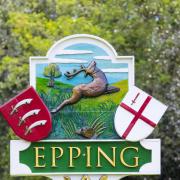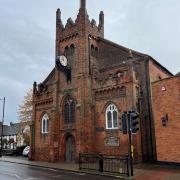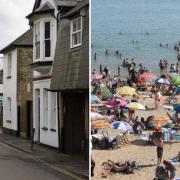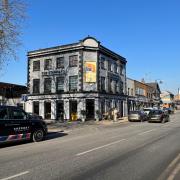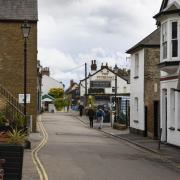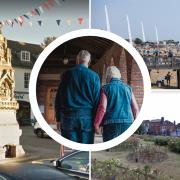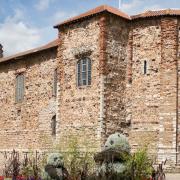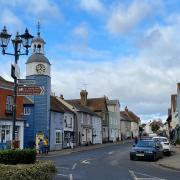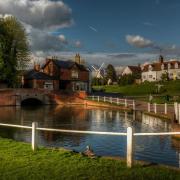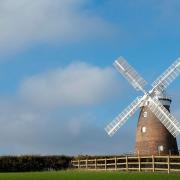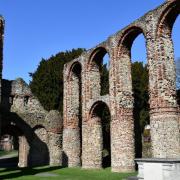Pam Rollason, deputy editor of the Great Canfield & The Rodings Parish News, takes us on a tour through the time and territories of the magazine's ten parishes
THERE are eight Roding villages, the largest group in the country to bear a common name. They originate from the Saxon invasion of the sixth century when one Hrotha and his tribe, the Hrodingas, sailed up the Thames and along its tributary river seeking a new home. The river and the villages derive their names from Hroda.By the time of the Norman Conquest, a large part of the area passed into the hands of William the Conqueror, the de Veres and the de Mandevilles who became the Earls of Oxford and Essex. Friars Grange, in Aythorpe Roding, was gifted to the monks of Tilty and acquired by one of Henry VIII's goldsmiths, after the Dissolution. Mary Boleyn, the sister of Anne, held a manor in High Roding. The boundaries and names of the villages were more or less established by the 14th century: Abbess, Aythorpe, Beauchamp, Berners, High, Leaden, Margaret and White Roding. The area is rich in timber-framed manor houses, farm houses, and thatched cottages dating from Medieval times, and retains some charming pubs. These include The Axe and Compasses in Aythorpe Roding, The Black Horse in White Roding and The Black Lion in High Roding. Once an area abounding in windmills, there is now only one left intact with its sails turning - the mid-18th century postmill at Aythorpe Roding. It is the largest in Essex and open to the public on the first Sunday of the month from April until September.Many of the churches date from Norman times. The oldest of them, the Church of St Margaret of Antioch in Margaret Roding, has an impressive Norman doorway and the grave of a crusader in the churchyard.Close by lie the villages of Good Easter and High Easter. Estre' or 'Estra' may indicate that they were outlying settlements of the Rodings where sheep were grazed. Good Easter was originally called Godichestre, and thought to have connexions with Lady Godiva. Along with the Canfields, they have much in common with the Rodings in terms of church foundations and their many listed houses.The Punch Bowl in High Easter, an inn until the last century, is now a restaurant. The last of our group of ten parishes is Great Canfield (the Saxon Cana's Feld) where the de Veres built a wooden castle on an artificial mound surrounded by a deep moat. The church is essentially Norman and behind the remarkable chancel arch is a wall painting of the Virgin Mary and Jesus, regarded as one of the best 13th century representations in the entire country.
Pam RollasonGreat Canfield &The Rodings Parish News



